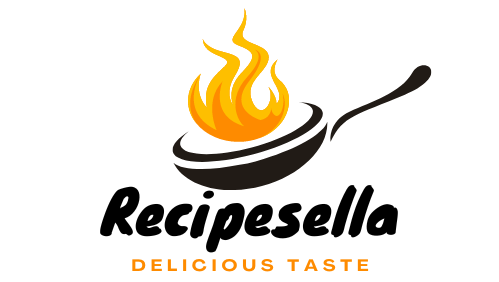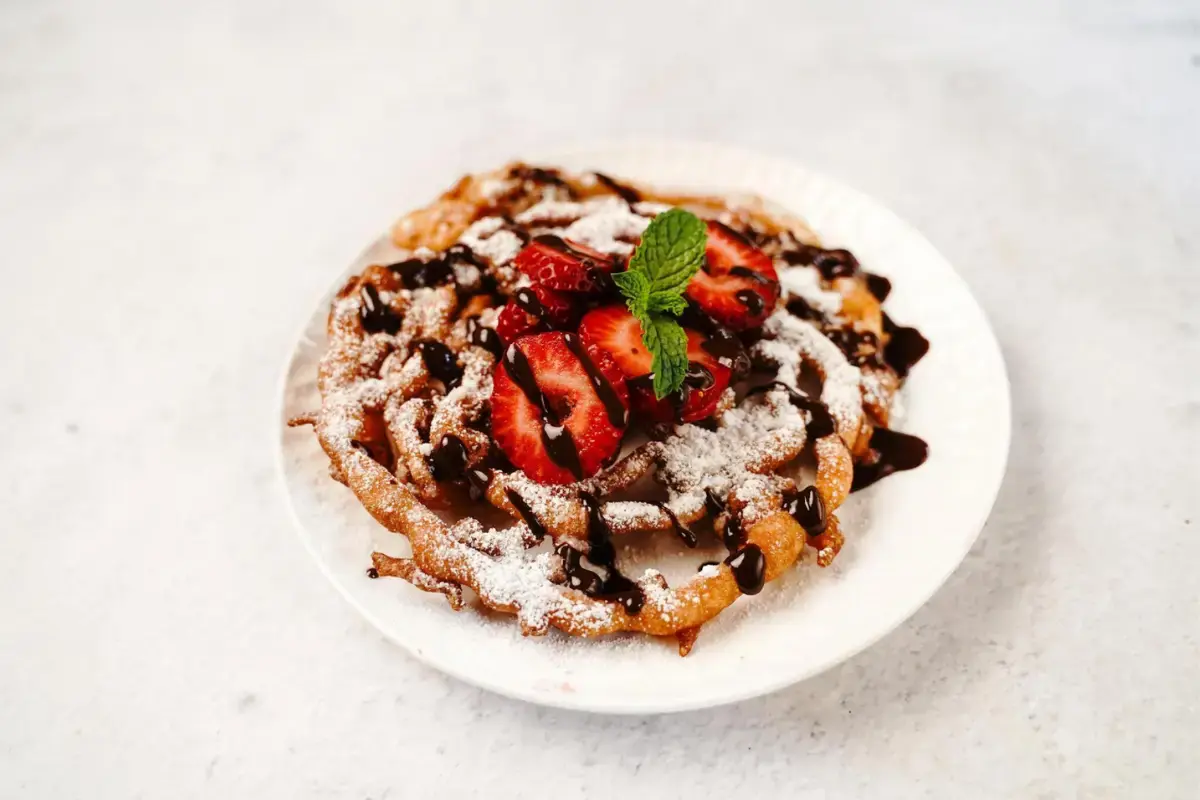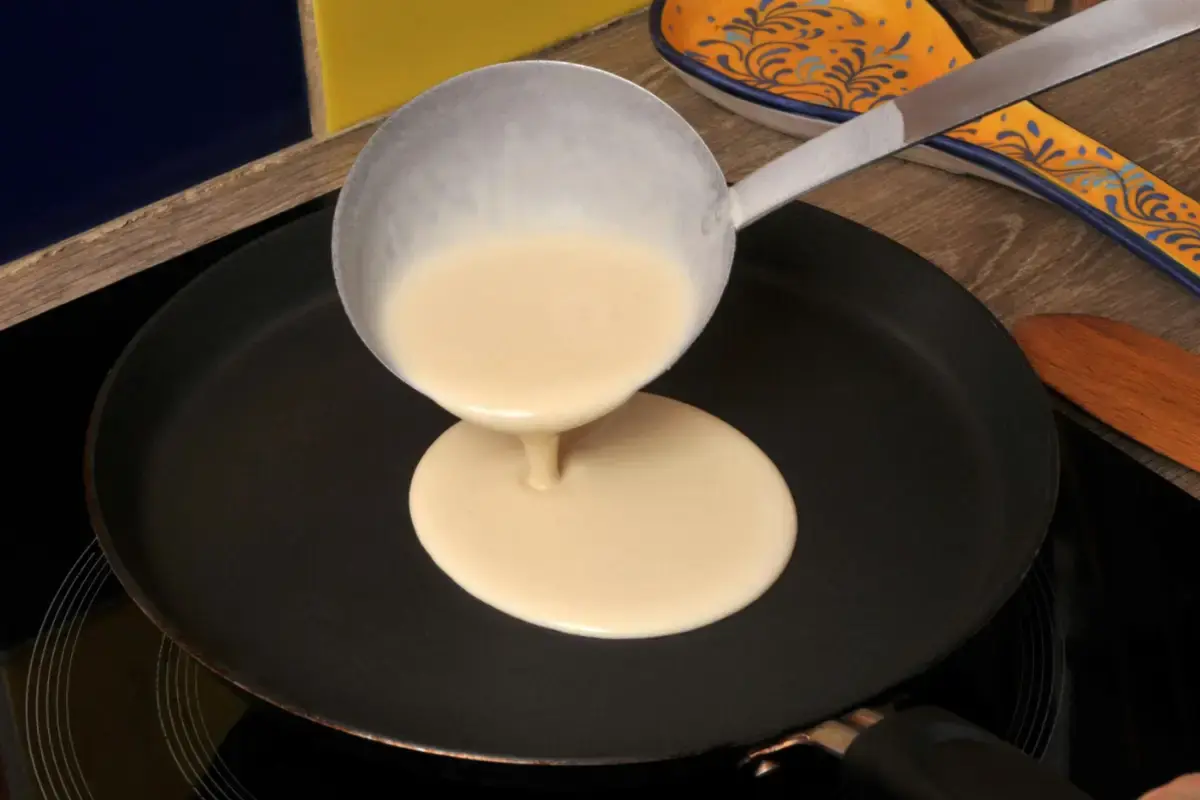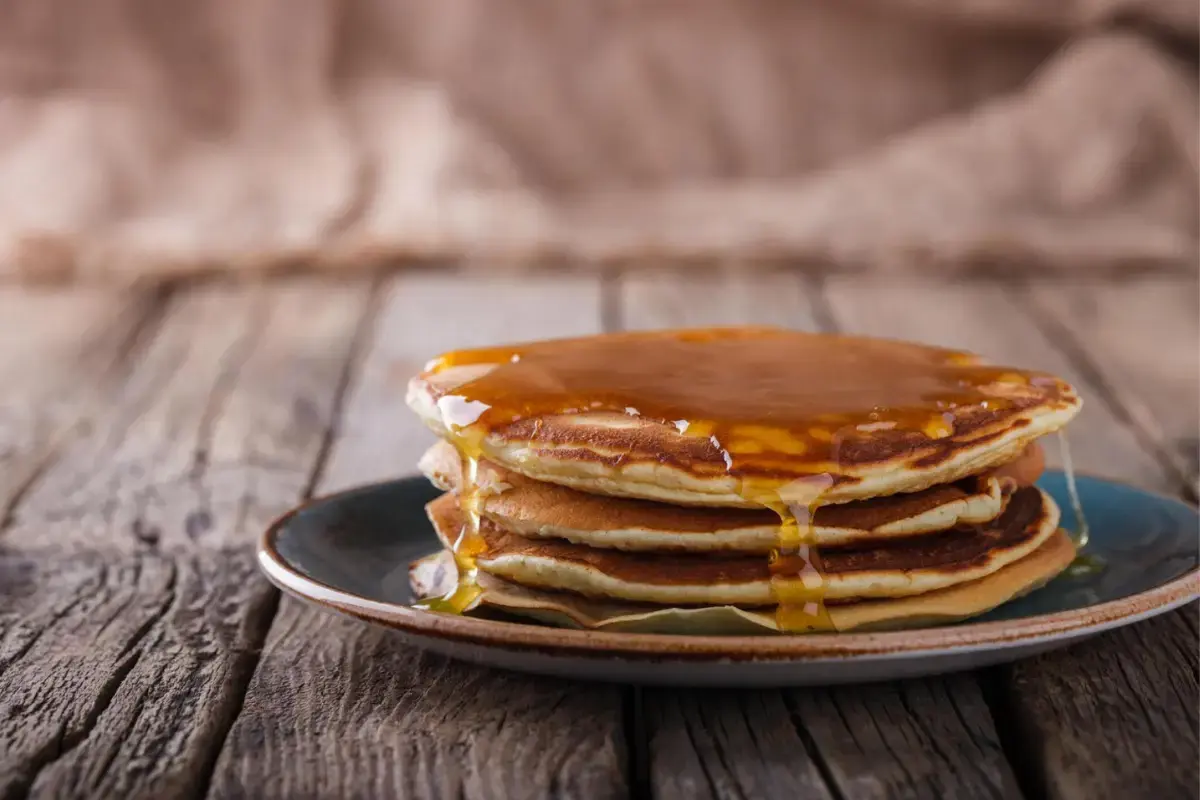What is a funnel cake batter?
Dive into the world of funnel cake batter, and you’ll find a mixture that’s ready to take a hot oil bath. This batter, thin and pourable, flows like a ribbon from a funnel’s spout directly into the sizzling embrace of the fryer. What is the key to its unique texture and taste? A balanced blend of flour, eggs, and milk, mixed to perfection. This concoction is what gives funnel cakes their crispy yet tender quality, a hallmark of carnival cuisine.
What is pancake batter?
Switch gears to pancake batter, and the scene changes. Here, the batter stands thick and robust, eager to puff up on a hot griddle. The secret behind its fluffy demeanor lies in the careful combination of the same basic ingredients: flour, eggs, and milk. However, the magic happens when this batter meets the heat, transforming into soft, pillowy pancakes that call for a drizzle of syrup.
Key Ingredients Comparison
Flour, Eggs, Milk, Sugar, and Leavening Agents
At their core, both batters share a kinship through flour, eggs, milk, and sometimes sugar and leavening agents. These ingredients form the backbone of many breakfast and dessert dishes. Yet, it’s the ratio that sets them apart, crafting the distinct identities of funnel cakes and pancakes.
Differences in Proportions and Additional Ingredients
While both batters might start in similar bowls, funnel cake batter leans towards a liquid consistency, allowing it to drizzle into hot oil and expand into intricate patterns. Pancake batter, in contrast, holds its ground, thick enough to maintain shape and trap air bubbles, resulting in that sought-after fluffiness. Additionally, pancake batter often welcomes a touch of sugar and a dash of leavening agents like baking powder, ingredients that sometimes play a more subdued role in its fairground cousin. This nuanced difference in proportions and ingredients not only defines their cooking method but also their place in our culinary hearts.



